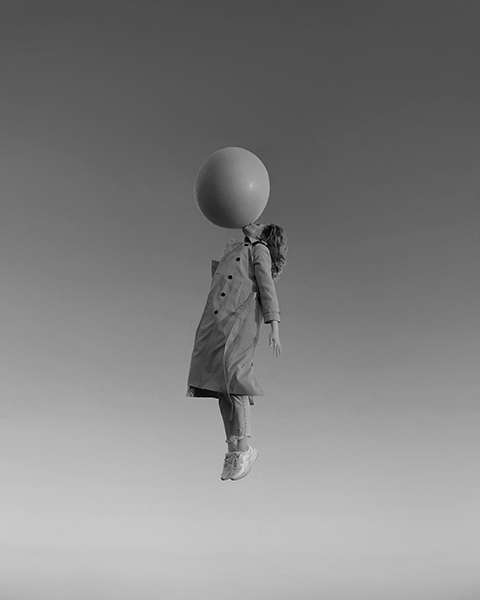“I have little doubt that with excess savings, new stimulus savings, huge deficit spending, more QE, a new potential infrastructure bill, a successful vaccine and euphoria around the end of the pandemic, the US economy will likely boom. This boom could easily run into 2023, because all the spending could extend well into 2023.” – Jamie Dimon, CEO, JPMorgan, May 2021.
These comments chime with this month’s chart showing the percentage of businesses raising prices in the US is at a 35-year high.
We have been positioned for a vaccine-led rally and recovery since summer last year. That recovery is here, economies are opening up and animal spirits are being unleashed. But the pickup is so fast, messy and distorted that traditional measures are not giving the full picture. A year ago, businesses were planning for Armageddon and today some have never had it so good. On the ground, experience is instructive: what we observe and hear from companies. Although it may horrify the economists and scientists, sometimes the plural of anecdote is ‘data’ – spot the trend below.
Inflation is a psychological phenomenon: the expectation of rising prices leads to rising prices
My barber is 50% more expensive, a pint of beer cost me £7.80 (I would have paid double!). I know a builder who is stockpiling materials worried he can’t get the right kit. Inflation is a psychological phenomenon: the expectation of rising prices leads to rising prices.
Companies cannot get staff, wages are being forced up. McDonald’s is paying candidates $50 just to show up for interviews. Shortages are a key sign of inflation. Used car prices are at all time highs. Copper, hot-rolled steel and lumber prices are at decade highs. The price of container shipping is at 17 year highs.
All the while, policymakers are pouring further fuel on the fire. The US Federal Reserve continues to buy $40b of US mortgages each month, despite record property price growth. US retail sales, boosted by direct stimulus cheques, have seen five years of growth in just six months.
Central bankers tell us this is all transitory.
So is this it? The inflationary denouement?
Perhaps surprisingly, our answer is a word of caution: the author Robert Louis Stevenson gave sage investment advice when he acknowledged sometimes ‘it is better to travel hopefully than arrive’. Having warned about growing inflation risks for years, we must be careful not to see only what we want to see. When we look at commodities and re-opening stocks, a lot of inflation is now priced in. This is front page news.
Just as today’s inflation numbers benefit from an easy comparison versus lockdown last year, next year’s inflation will require sustained economic momentum to stay up. And with companies scrambling to increase supply, the spike could well be followed by a dip and the transitory crew might have their moment in the sun. But what is clear is that any relapse in economic growth will be quickly met with more stimulus and more inflationary policies. One wag observed that the same people who confidently assure us ‘inflation is transitory’, also assured us ‘subprime is contained’.
We have conviction this current inflationary spurt is the starting gun. Everyone has seen that inflation is not dead and investors have been given a taste of how their portfolios will perform when it comes. The 30-year US Treasury Bond, the world’s risk-free asset, fell 20% in Q1. Those assets which have performed best in the last decade, especially long duration assets like bonds and growth stocks, are vulnerable.
So we don’t expect inflation to go up in a straight line, but the direction is clear. A once in a generation transition into a world of higher inflation and inflation volatility is underway.







